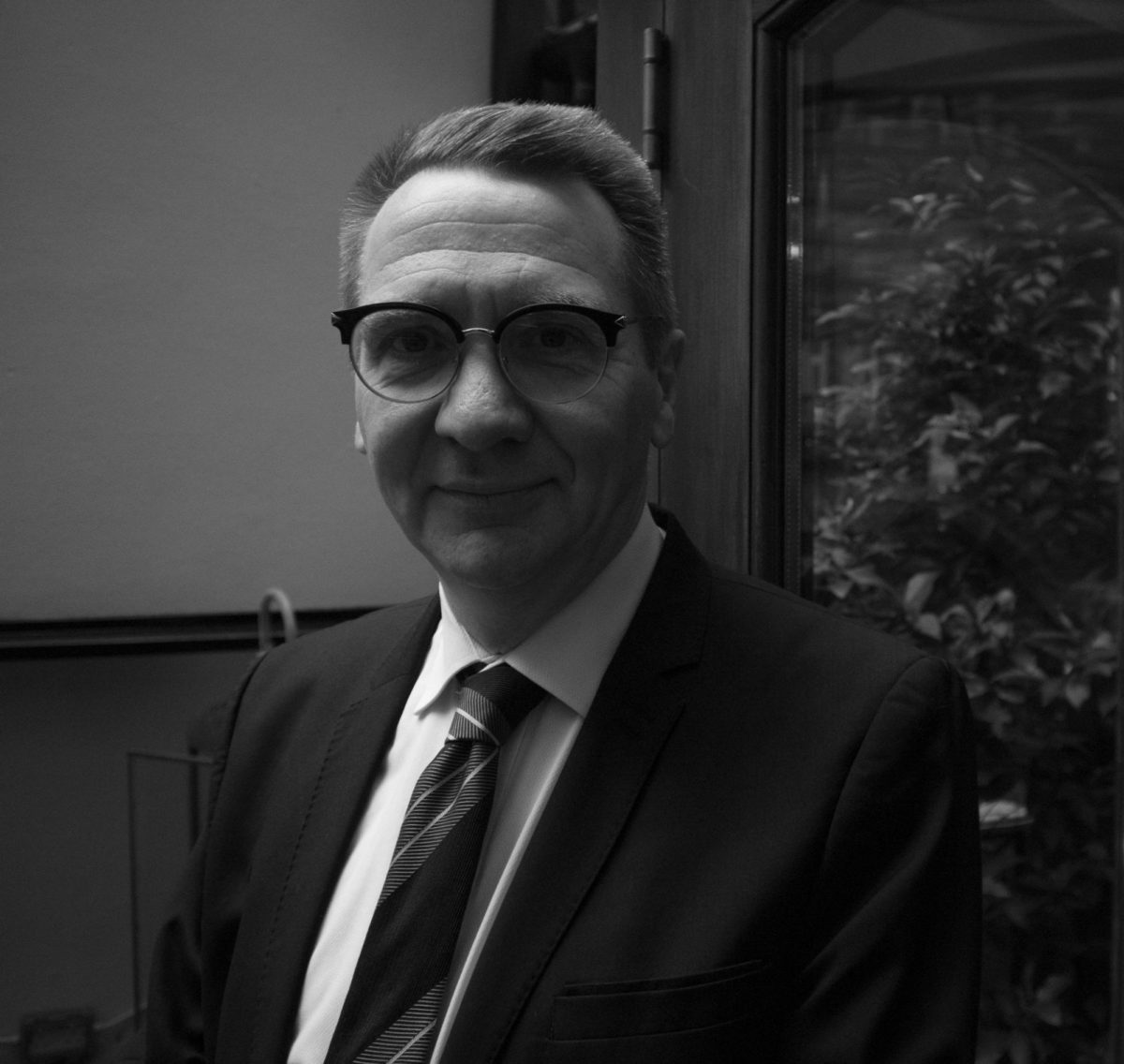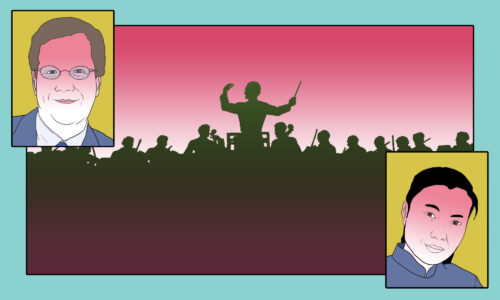Leader of Central Tibetan Administration says he wants ‘genuine autonomy,’ not ‘independence’
The leader of the Tibetan government-in-exile recently visited the U.K., where he called for resolving “the Sino-Tibet conflict in nonviolent, peaceful means.”

Penpa Tsering is the Sikyong or democratically elected leader of the Central Tibetan Administration, the government of the exiled Tibetan community based in Dharamshala, India. He is sometimes referred to as the “president” of Tibet, although that term is informal and not accepted by China.
From April 27 to May 1, he led a delegation to the U.K. to meet government officials, members of parliament, and civil society organizations, and to give a series of public speeches. He was accompanied by a number of other Tibetan leaders, including Khen Rinpoche Zeekgyab Tulku, the abbot and leader of about 400 monks at the Tashi Lhunpo Monastery in Bylakuppe in Karnataka State, India.
Tashi Lhunpo is the traditional seat of successive Panchen Lamas, and was founded in the city of Shigatse, south of Lhasa. The Chinese government still operates its own Tashi Lhunpo Monastery in Shigatse.
I met both Sikyong Penpa Tsering and Khen Rinpoche Zeekgyab Tulku, and they told me about their current concerns for Tibetans and the priorities of the Tibetan government-in-exile.
Tibetans want “autonomy rather than independence”
Penpa Tsering said that Tibet is “dying a slow death” as a result of a concerted effort by China to undermine Tibetan culture and identity. He is particularly concerned about the forced enrollment of Tibetan children in colonial-style boarding schools.
“In these schools, children are instructed in Mandarin. They are taught the Communist Party’s version of China’s history and they are told to pledge allegiance to the Party,” the Sikyong told The China Project.
He called on Beijing to end policies aimed at Sinicizing the region, which — in his view — are “destroying the historical basis of Tibet’s existence.”
Asked about the official Chinese position, that investment in Tibet has transformed the region, bringing great economic opportunities, he said the programs in Tibet are mainly concerned with China’s own economic interests and do not align with the true aspirations of the Tibetan people.
“We should leave aside for now the question of Tibet’s independence and focus on genuine autonomy for the benefit of Tibetans in the future,” he told The China Project. He repeated the same message clearly in an interview with the BBC, saying that “considering the reality of the situation and the common interest of people, now we are asking for autonomy rather than independence.” But he highlighted that he wanted “genuine autonomy, not only in name, but also in essence.”
He said his government wanted to “resolve the Sino-Tibet conflict in nonviolent, peaceful means, through negotiation that should be mutually beneficial and long-lasting.” And while he said that Tibet has “historically been an independent country,” he explained that it could be part of China “if the Tibetan issue were resolved.”
Where is the Panchen Lama?
Zeekgyab Tulku told The China Project that people in Tibet are “eagerly awaiting the return” of Tibet’s spiritual leader, the Dalai Lama.
“They have been waiting for his return for decades, so we can understand their frustration,” he said.
The 14th Dalai Lama, known to the Tibetan people as Gyalwa Rinpoche, is 87 years old. “With His Holiness advancing in age every day, it’s important that he’s able to return to Tibet so that there can be peace and prosperity,” the abbot said.
But Zeekgyab Tulku is more concerned about the fate of a central important figure in Tibetan culture, the 11th Panchen Lama, who was traditionally based at the Tashi Lhunpo Monastery. He said, “We consider the Panchen Lama and the Dalai Lama to be like the sun and the moon — like a spiritual father and a spiritual son — so all our efforts are geared toward finding the truth.”
On May 17, 1995, the Dalai Lama formally announced that a six-year-old boy called Gedun Choekyi Nyima was the 11th reincarnation of the Panchen Lama. However, soon after the announcement, the boy and his family disappeared from their home in Lhari County, in northern Tibet. They have never been seen publicly since then.
A number of Tibetan monks who were involved in the selection process also disappeared, including Zeekgyab Tulku’s predecessor, the former abbot of Tashi Lhunpo Monastery. The Chinese Communist Party (CCP) had previously agreed to work with some of them, hoping to manage the selection process. This did not happen.
After detaining everyone involved, the Party appointed its own Panchen Lama, a boy named Gyaincain Norbu, also from Lhari County. Today, Gyaincain Norbu is the official Chinese face of Tibetan Buddhism.
Zeekgyab Tulku told The China Project that Tibetans “feel neither anger nor hatred toward others; our concern is founded upon compassion.” But he said, “We need to point out clearly to the world that our teacher is missing.”
He said that the community still has no idea of the whereabouts of the missing abbot or the Panchen Lama. “The Chinese have not even shown a picture of how the Panchen Lama looks and this is an indication of the lack of human liberty and religious freedom inside Tibet.”
The issue of the Panchen Lama has been raised many times by human rights groups and even by government officials in Europe and the U.S. But Zeekgyab Tulku says the Chinese government is deliberately turning a deaf ear. “Nobody in the world wants suffering and I don’t think the Chinese do, either. But of course, this is not just an issue that concerns Tibetans. There are followers of Tibetan Buddhism all across the Himalayan region and around the world.”






